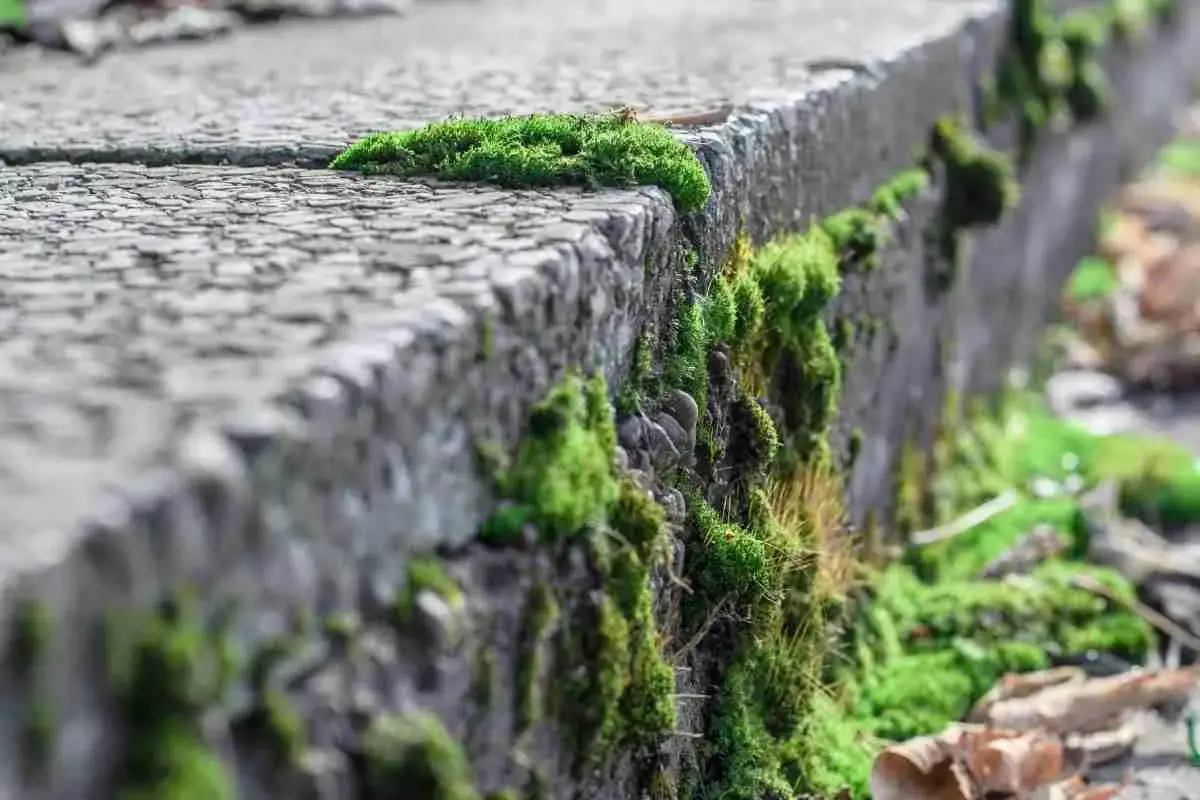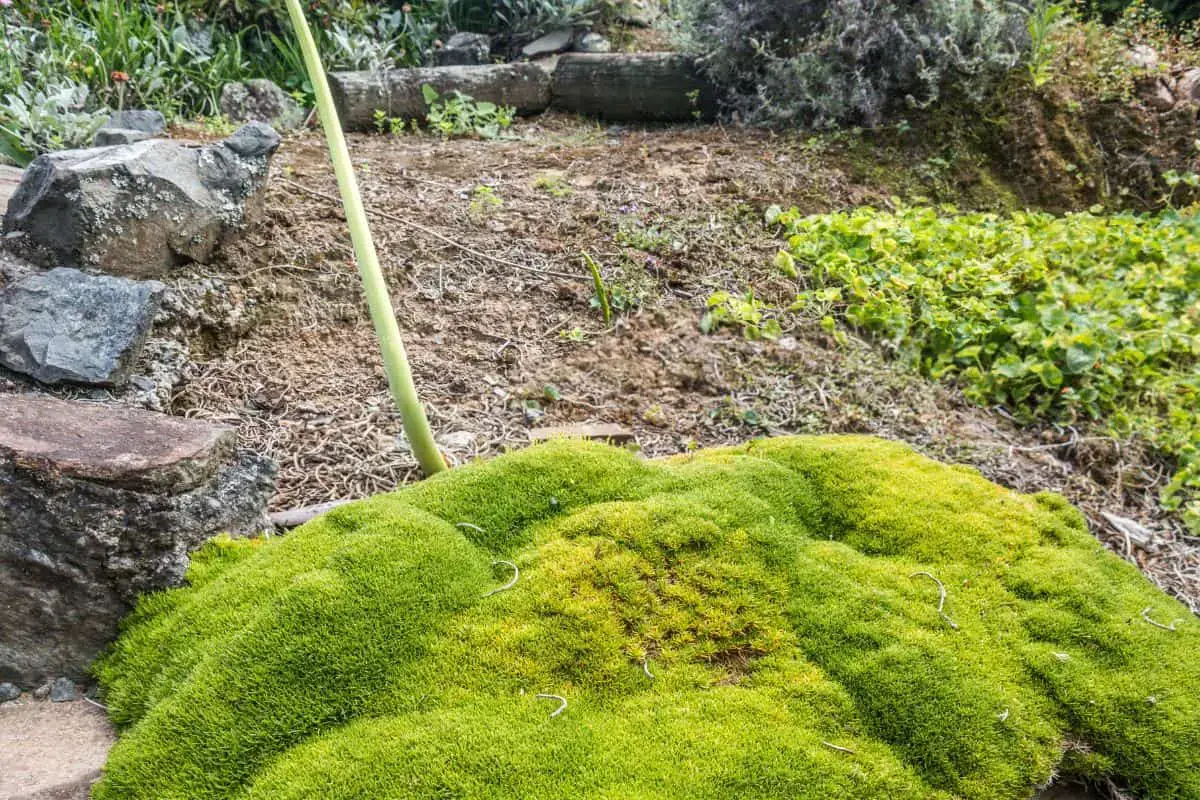
5 Steps To Make A Stunning Irish Moss Lawn
Read more
How To Grow Moss On Concrete Statues?
Read more
What to do if your Christmas moss turns brown or yellow? Find out how to bring your moss back to life
Read more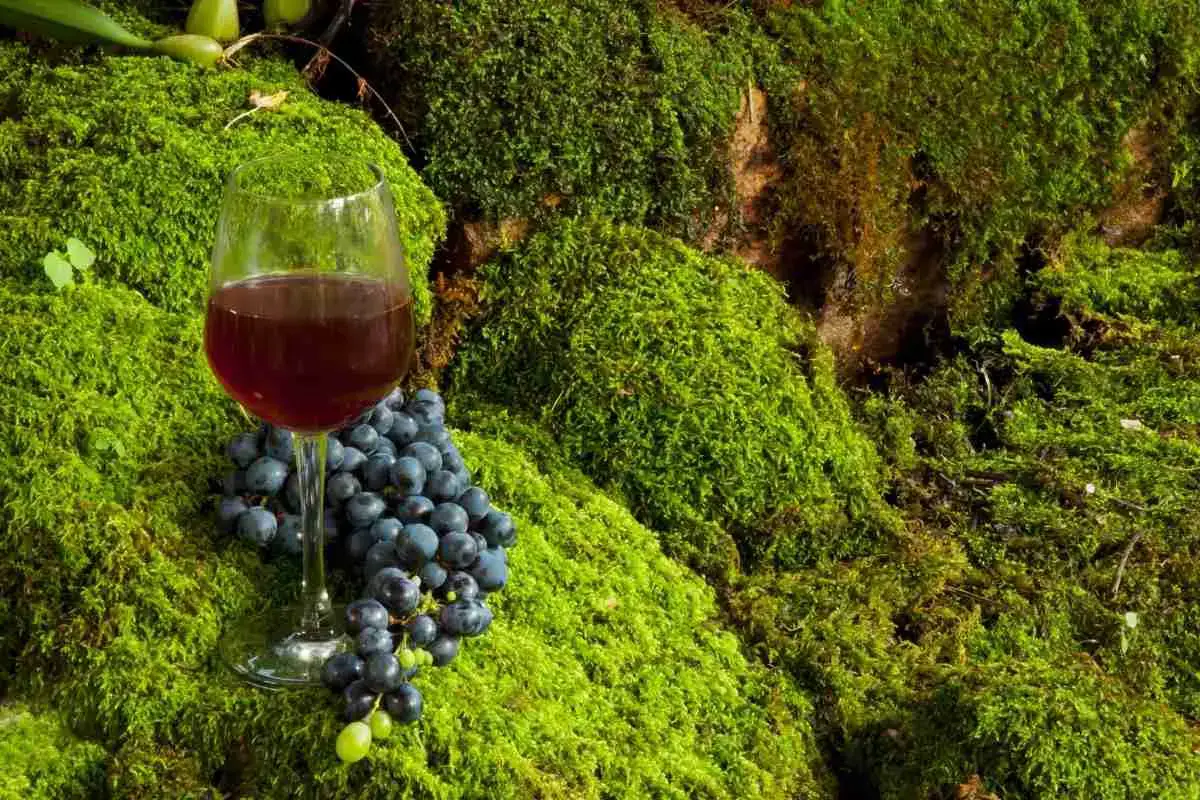
How To Grow Moss On Stone? The Ultimate Guide!
Read more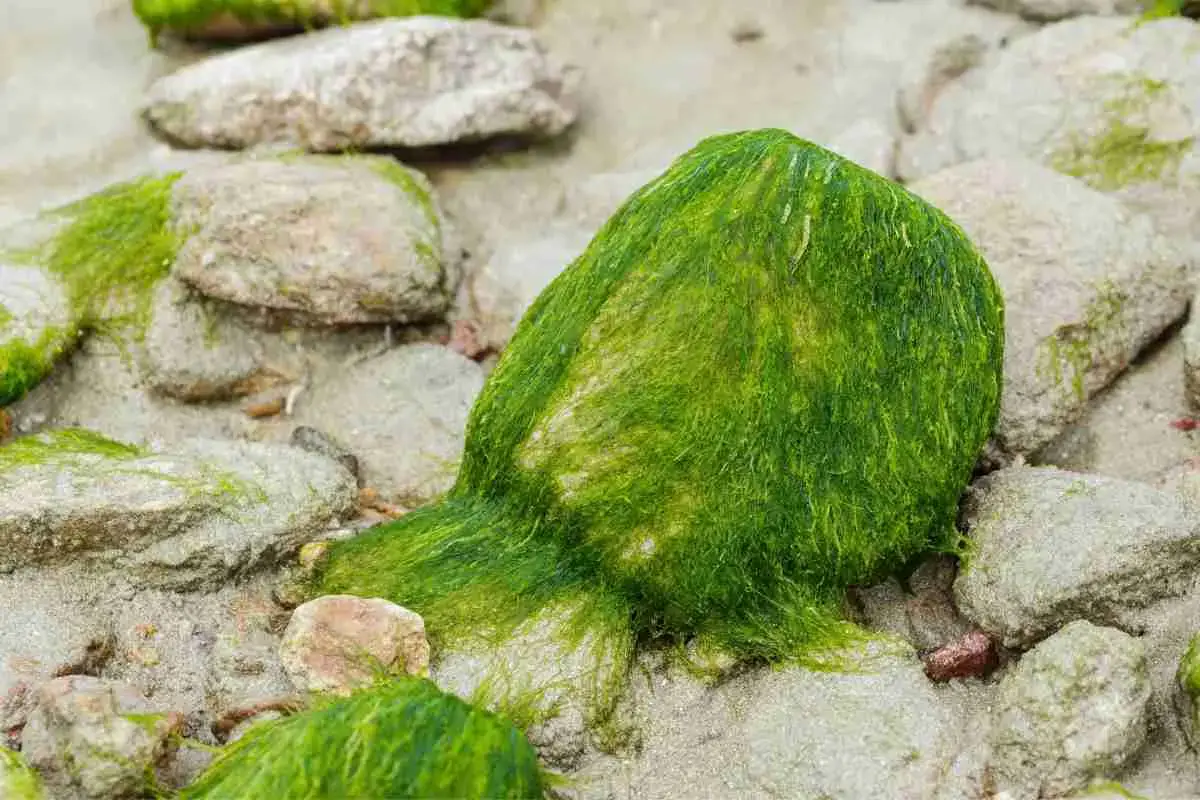
2 Methods For Growing Algae On Rocks!
Read more
Floating Moss Balls: Why Do They Float?
Read more
How To Preserve Moss? In 5 Steps!
Read more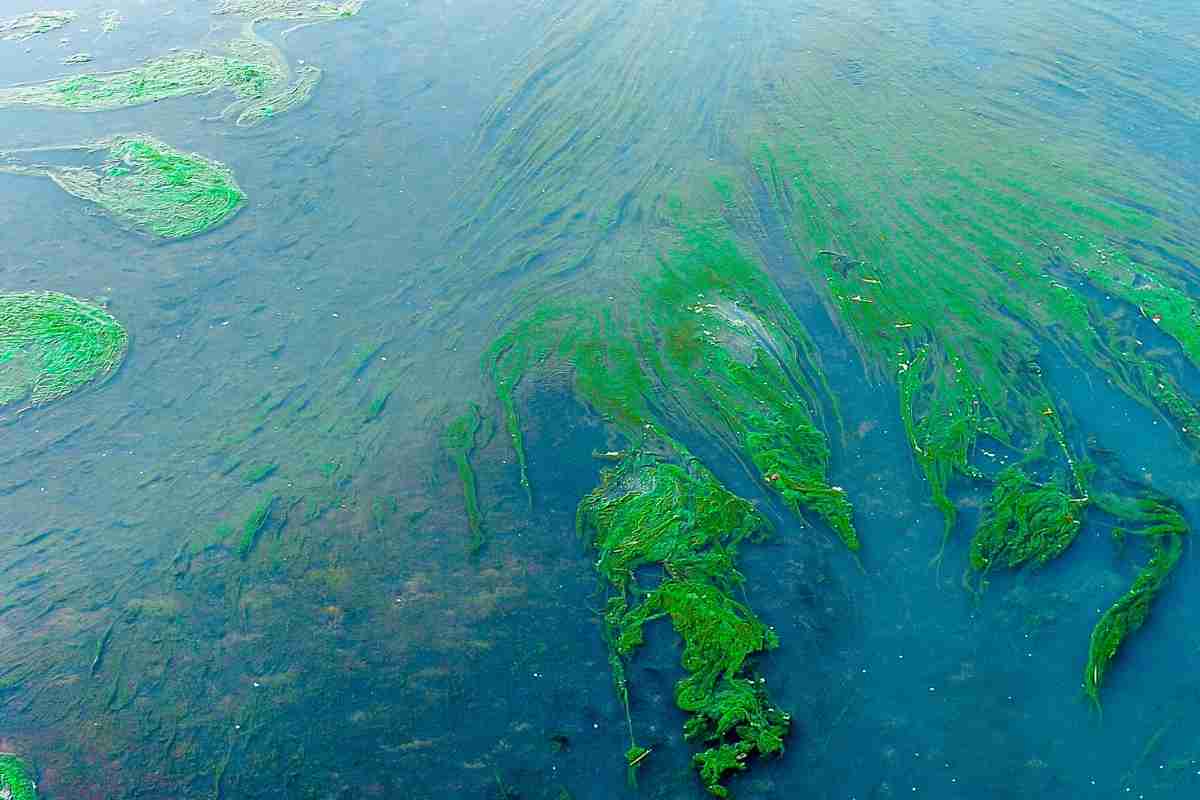
Is Algae A Protist? (Autotrophic Or Heterotrophic)
Read more
The best way to care for Spanish moss (Tillandsia usneoides). Simple and fast
Read more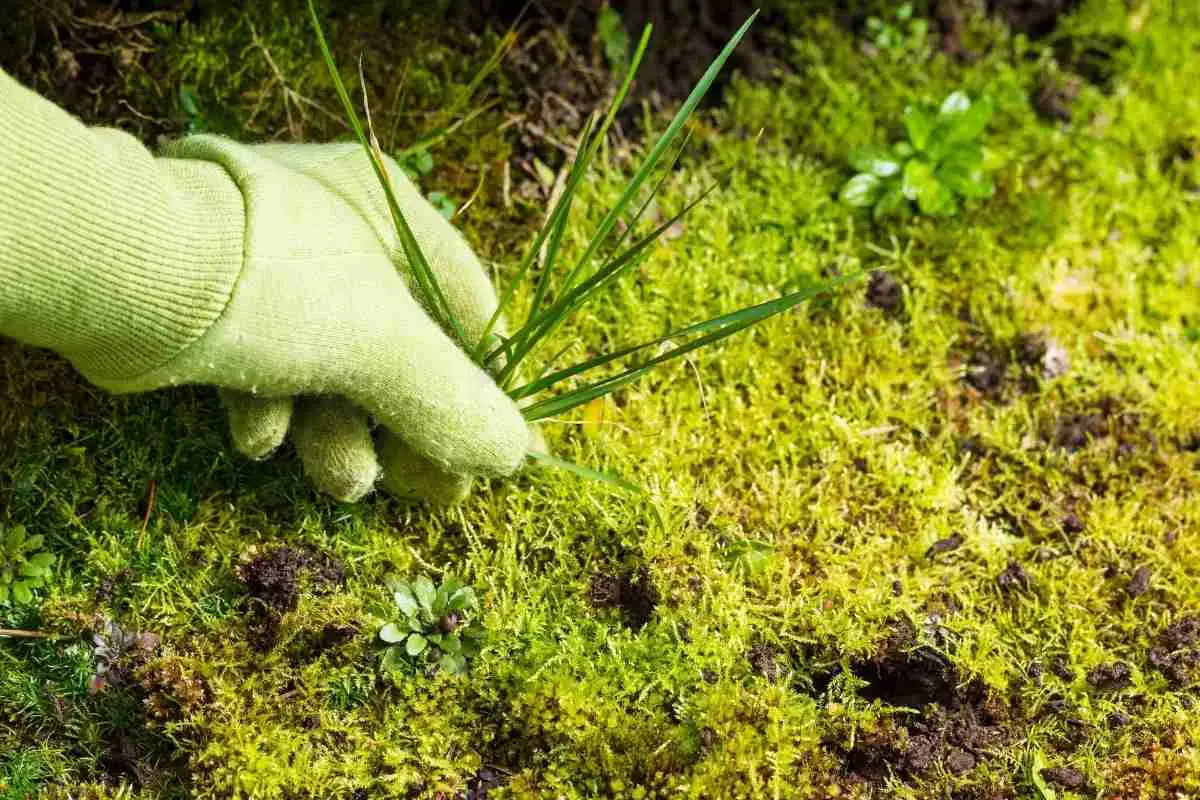
8 Simple Tips For Keeping Moss Alive!
Read more![The Dark Side of Moss. What side of the tree does moss grow on? [Simple Explanation]](/img/side-of-the-tree-does-moss-grow-on.jpg)
The Dark Side of Moss. What side of the tree does moss grow on? [Simple Explanation]
Read more